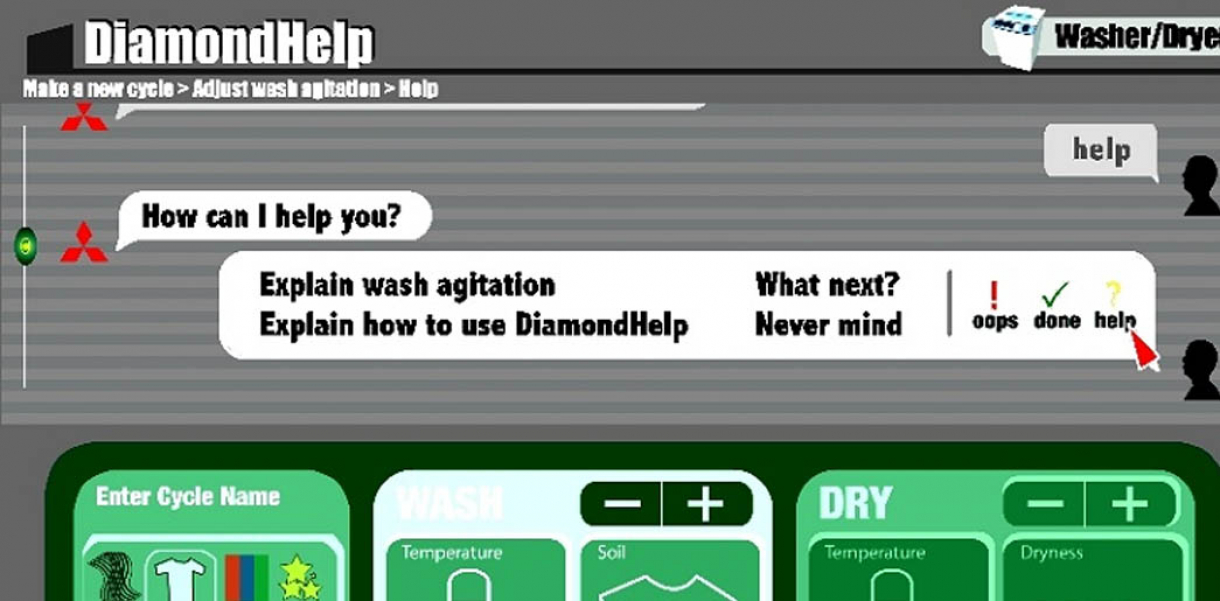Functionality and use of design
Its novelty is that the frame structure, made of bent tubes, incorporates the axle, thus the entire frame is a closed system. The footrest is telescopically joined to the frame. The large wheel’s axle clamps enable the centre of gravity to be adjusted. The supports for the small wheels are fixed onto welded plates with bolt joints. The back of the chair is made of a single tube and is connected to the frame by two welded plates. Velcro allows the tension of the back and the seat to be altered as required.
Used fittings:
- Six-Star rear wheels, Petri-Lehr
- Joy fork and castor-wheel, Meyra
How did this design improve life?
The aim was to produce a frame structure that is up to intensive demands and is easy to manufacture in Hungary. This wheelchair is made for everyday use, to enable a more active life.
Drawbacks of life improvement
None
Research and need
The state “László Moholy-Nagy Design Grant” in Hungary helped me to conduct extensive research on the possible users as well as on the structure.
As my target group, I chose those physically challenged people who need a wheelchair, but who are able to move along with their own power. In the first part of my research, I studied the daily life, activities and existing equipment of my target group. I contacted individuals and associations. The idea of the design grew from the result of this research.
I determined to design an “active wheelchair” that can be manufactured in Hungary, which is affordable and needed on the market.
The second part of the research focused on the functional analysis, the possible range of materials and structural solutions, safety and usability. From these considerations followed the details and the eventual solution. The double aim is affordability and lightness. Unfortunately, they point into opposite directions. There are super lightweight materials (eg. Titanium) those are very expensive. As the chair was designed with the Hungarian users in mind, affordability was the more important consideration.
Designed by
Csaba Szilágyi G. - Hungary




